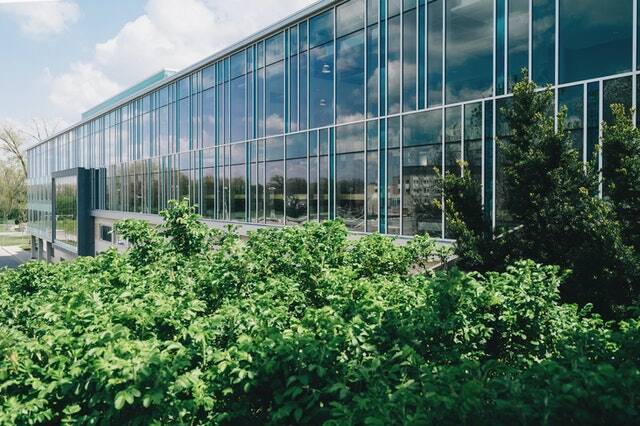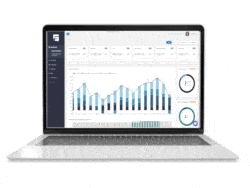Whether you are looking to find and acquire a new property, you are considering an investment, or you need to finance a property that you already own, you will want to know if the property is considered stabilized. However, what exactly makes a property stabilized can be somewhat confusing and inconsistent. In this blog, we explore the definition of a stabilized asset and how they’re analyzed.
What Is the Definition of a Stabilized Commercial Property?
In general, stabilized properties are highly in demand and sought after. It doesn’t matter what market you are in or what type of commercial property it is: stabilized assets are always more successful than properties that haven’t yet proven their worth. When considering a potential property purchase, it’s smart to check if it’s stabilized. It’s also best practice to know the status of your own properties so that you can secure better sales or investment for stabilized assets. Here’s what you need to know about stabilized commercial properties:
Not everyone has the exact same definition of a stabilized asset. However, the definitions tend to be similar, but with slightly different numbers. Here are the most common definitions and criteria of a stabilized property in commercial real estate:
- Any property that is not a development property (i.e., is neither undeveloped land nor currently under development). (1)
- Any completed property that has had an occupancy rate of at least 80% for one full calendar quarter. (2)
- Any completed property that has achieved an occupancy rate of 80% or more, at any time in the past. (3)
- Any property that has reached 85% occupancy or has been in use for 9 months. (4)
It’s important to note that a stabilized property in commercial real estate is different than a property with stabilized rent. Stabilized rent refers to an area, usually residential, where legislation limits how much rent can be raised each year. Stabilized commercial properties are successful properties that appear sustainable in the long run and make for smart purchases or investments.
How Commercial Real Estate Pros Analyze Stabilized Properties
While these may be the legal and traditional definitions of a stabilized asset, they aren’t necessarily the most useful definitions to the average commercial real estate investor. There are other considerations you need to make to ensure a property is truly stable and reliable.
Aside from looking at the length of time since construction completed and the occupancy rate, here are some of the considerations to make when deciding whether you have a stabilized asset on your hands.
Tenants, Net Operating Income, and Cash Flow
The stability of a property depends on the tenants in the building. After all, that’s where the cash flow is coming from! Here are some of the tenant-related considerations that affect the stability of your net operating income and cash flow.
- Occupancy rate, or the percentage of the building that is currently leased. Note that rates may change slightly depending on the type of building or business
- How much each tenant is paying each month. Compare this amount to current market rent numbers. If it’s much lower, the property is likely not as profitable, and therefore not as stable, as other options
- What is the length of each lease and when are they set to expire. Very short leases may be less stable
- How reliable each tenant is (for example, are they a well-established business or struggling mom and pop business?)
- Whether the lease is triple-net (NNN) or the landlord is responsible for most/all of the expenses
The Net Operating Income is one of the most important numbers to look at. It is simply the revenue of the property minus the operating expenses. If you have good occupancy rates, favorable lease rates and terms, and your tenants aren’t going to roll over all at once, then your net operating income is likely to remain stable.
Debt Service Coverage Ratio Benchmarks and Lender Requirements
Another metric to consider is the property’s debt service coverage ratio (DSCR). Essentially, this number represents if a property earns enough to cover its total debt responsibility, and by how much. In order to invest in a property, most lenders require a DSCR of at least 1.25, meaning that the property can cover its entire debt, plus 25%. Lender requirements can vary slightly, but they also serve as a good benchmark for determining if a commercial property is stable.
Assess Your Properties with STRATAFOLIO
Whether you are acquiring, controlling, or financing a property, it pays to look at the stability of the property before making any major decisions. If you need help getting a comprehensive view of your property’s data, STRATAFOLIO can help. View your portfolio as a whole or dig down into a specific property with clear, customizable views. Analyze your cash flow, NOI, and DSCR to thoroughly understand your financial operations and identify areas of improvement. Easily share data with lenders and investors with specialized reports.
To learn more, schedule a demo with us today.




